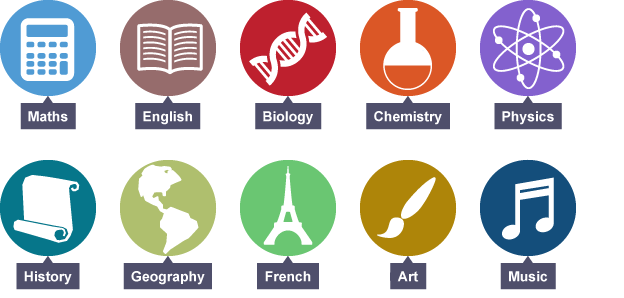Cambridge O levels is very famous and well-known among Singaporeans as young children are told throughout their life about the importance of the examinations. However, there is a similar examination known as the International General Certificate of Secondary Education (IGCSE). The Cambridge O level was held for the first time in 1951 to replace the 16+ school certificate in the United Kingdom while Cambridge IGCSE was only developed in 1988. The GCE O level is still adopted as the main examination in ten other countries worldwide.
The IGCSE is also offered in other countries and is sometimes considered an alternative to the O level (for example in Singapore). These two examinations have many similarities and neither is considered superior to each other during university application. However, they still have very minor differences in their structure or even what the system aims to achieve.
So, let’s take a look at the differences…
Firstly
Cambridge O level offers fewer coursework options than Cambridge IGCSE. The coursework for Cambridge O level is more generalized. For example, Cambridge O level will have Mathematics, Physics, Chemistry, Biology, etc. but will not have specialized courses such as accounting which is available in Cambridge IGCSE centre O-level . There are more than 70 subjects offered by IGCSE and students are allowed to take minimum 5 and maximum 14 subjects (English, Math and Sciences will be core subjects).
Cambridge O level has about 35 subjects provided and similarly, the minimum number of subjects that students can take is 5 and maximum is 14. IGCSE also has 5 groups for its courses: languages, humanities and social sciences, sciences, Mathematics and creative, technical and vocational.

Secondly,
There is a different grading system. Cambridge O level has a point system to calculate students’ performance in their final examinations. The possible grades that students can get are A1, A2, B3, B4, C5, C6, D7, E8 or F9.
How do we understand this grading system?
The number attached to each grade letter will determine the number of points the student is assigned for the particular subject. To determine the final score, 1 language and 5 other best subjects are chosen to calculate the lowest possible aggregate score that the student can achieve. Cambridge IGCSE instead has a grading system of A* to G.
Similarly, points will be assigned (in most schools, points will not be assigned. The student can clarify if their transcript will assign points or grades.) based on the performance of the student in the final examinations. A* and A grade will range from 7 to 9 points, B and C will range from 4 to 6 points, D, E, F and G will range from 1 to 3 points and U is ungraded.
This grade or score will be assigned for each course that the student takes under the IGCSE system. Thus, IGCSE is aimed at a wide range of students with different abilities.
CONCLUSION
There may not be as many differences between the systems but, essentially, they are both known to be challenging for students to tackle and hence many opt for tuition in order to achieve excellence in their examination. As such, tutors also try their best in enabling their students do well in their academics.


